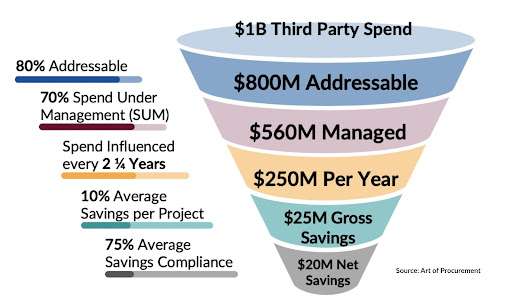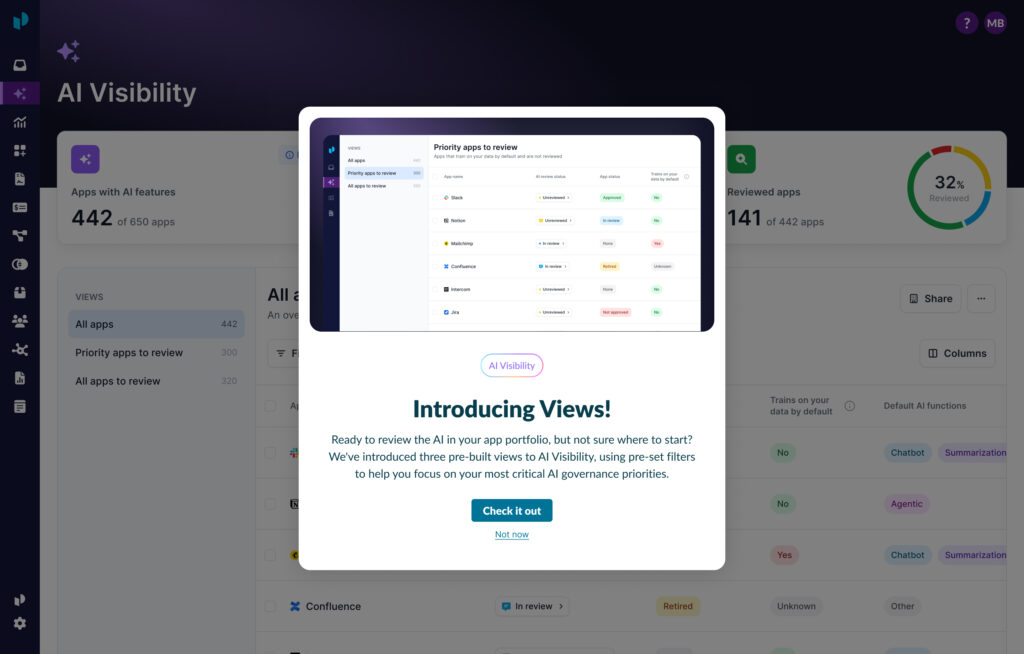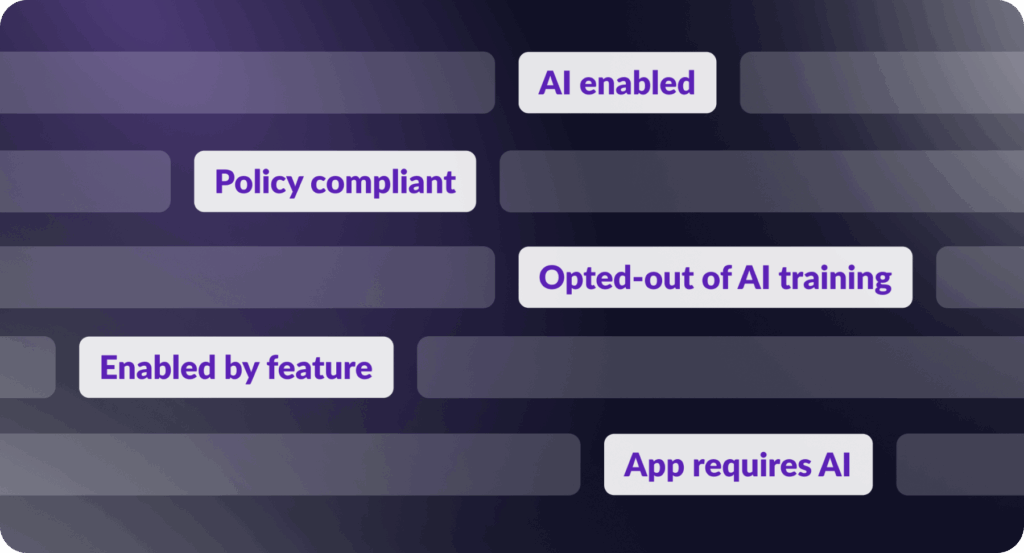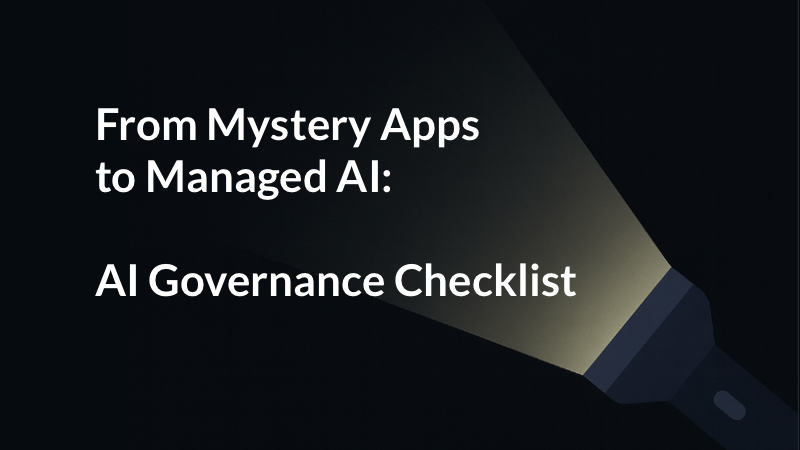
Procurement can optimize SaaS spend without disrupting the business
Guest post by Philip Ideson, Founder and Managing Director, Art of Procurement
With signs of recession on the horizon, C-level executives are turning to procurement for help cutting costs. When procurement has the opportunity to bring spend under management while also increasing savings and compliance, the ROI of their efforts is magnified and sustained, reinforcing the importance of taking a broader approach to bringing spend under management.
Procurement is not alone in wanting to emphasize multiple objectives in parallel. Like procurement, CIOs want to ensure that the value of company investments is maximized. And yet, 78% of CIOs surveyed by Productiv said they needed more information on key usage metrics to inform upcoming SaaS renewals.
Clearly information and insight are required inputs for comprehensive spend management.

Procurement’s ROI on any spend category starts with visibility. More visibility at the outset typically leads to more savings. As a result, the tools procurement applies at the beginning of the spend management process have a compounding effect, as shown in the Art of Procurement ROI funnel.
As a growing percentage of IT spend, SaaS purchases represent a unique opportunity to generate savings in partnership with the business. Procurement must approach the effort of SaaS procurement collaboratively rather than as a straight cost cutting exercise, especially since this spend may not even originate in IT.
Catalyst for growing the procurement – IT partnership
SaaS apps are easier to buy than ever before, leading to distributed buyers spending money on apps that are not governed by enterprise contracts. According to Productiv research, the average company has over 250 SaaS apps and less than half are managed by IT.
Procurement and IT should approach the rest of the business jointly and respectfully, acknowledging legitimate needs but working to make sure waste is avoided. Where can SaaS costs be optimized? Is the technology being used? Are SaaS renewals being actively managed? The answers to these questions likely hold the key to savings opportunities.
With actionable data in hand, procurement can optimize SaaS spend without causing unnecessary disruption. Optimizing this spend rather than minimizing it ensures everyone has access to the right apps, the right plans, and the right functionality without overpaying for seats or spending on technology that delivers no value.
Try these approaches to bring SaaS spend under management without disrupting the business:
Baselining: What is in our current SaaS portfolio?
Depending on how IT spend is managed, SaaS purchases may not be approached with a specific strategy. When procurement has access to general information but not app-specific details, they are prevented from taking action. Creating a single source of truth that IT, the business, finance, and procurement can all agree upon is a significant step forward, especially if the information is tracked in a platform rather than limited-functionality spreadsheets.
Procurement can use familiar discovery frameworks for basic license management, tracking turnover and transitions, and considering seat count or service tiers. This positions the business to right-size the number and cost of SaaS apps that are available.
Utilization: What do we have and what are we using?
Once procurement knows what has been spent, they can move on to determining ROI. Especially in the case of independent purchases made by the business, technology may not be utilized or may not meet the business’ needs.
In recessionary times, companies need to be able to justify current IT costs and have plans for those investments moving forward. When possible, it is valuable for procurement to have access to app usage information beyond login data. This is the best evidence of value and therefore justifiable SaaS spend.
Renewals: Positioning for future efficiency
The easiest, least disruptive savings opportunity of all may be establishing proactive renewal management. Technology subscriptions often renew automatically whether anyone is using them or not.
Once procurement and IT have a clear understanding of what is being spent, for which technology, and how much value it is delivering, SaaS spend that falls below expectations can be scheduled for termination before renewal, saving the business money with zero disruption.
SaaS spend as a source of collaborative ROI
Procurement’s ability to approach SaaS spend without alienating the CIO is essential. Helping the CIO recognize that procurement does not want to create disruption, even to deliver much-needed savings, will set procurement and IT up for long term success.
Procurement can use this moment as an opportunity to work with IT and to prove to the whole business that they aren’t just about cutting costs. Baselining before capturing utilization and determining ROI demonstrate that procurement can maintain a customer focus in addition to managing costs. As with anything else procurement strives to do at scale, digital tools will play a critical role in ensuring utilization and ROI without manual effort.
Learn why procurement needs to act fast to bring SaaS spend under management.
Schedule a demo of Productiv to see how procurement can benefit from a data-driven approach to SaaS management.
About the author
Philip Ideson is the Founder and Managing Director of Art of Procurement, a procurement consulting and thought leadership practice that provides CPOs and their teams with the resources required to enable company growth. He has consulting experience from his time at Procurian and Accenture as well as direct and indirect practitioner experience gained by holding procurement leadership positions at Ford Motor Company and Pfizer.
About Productiv:
Productiv is the IT operating system to manage your entire SaaS and AI ecosystem. It centralizes visibility into your tech stack, so CIOs and IT leaders can confidently set strategy, optimize renewals, and empower employees.





